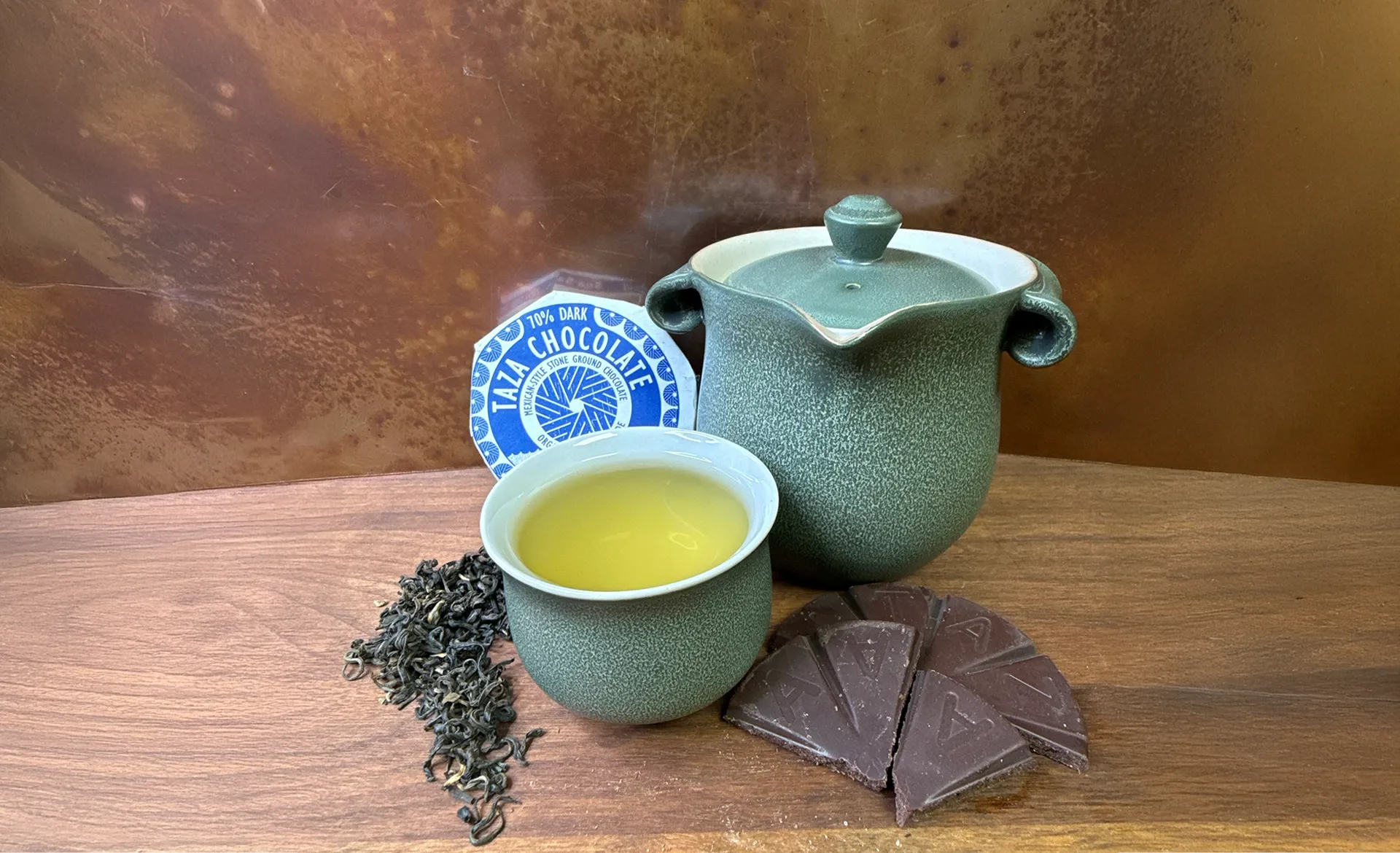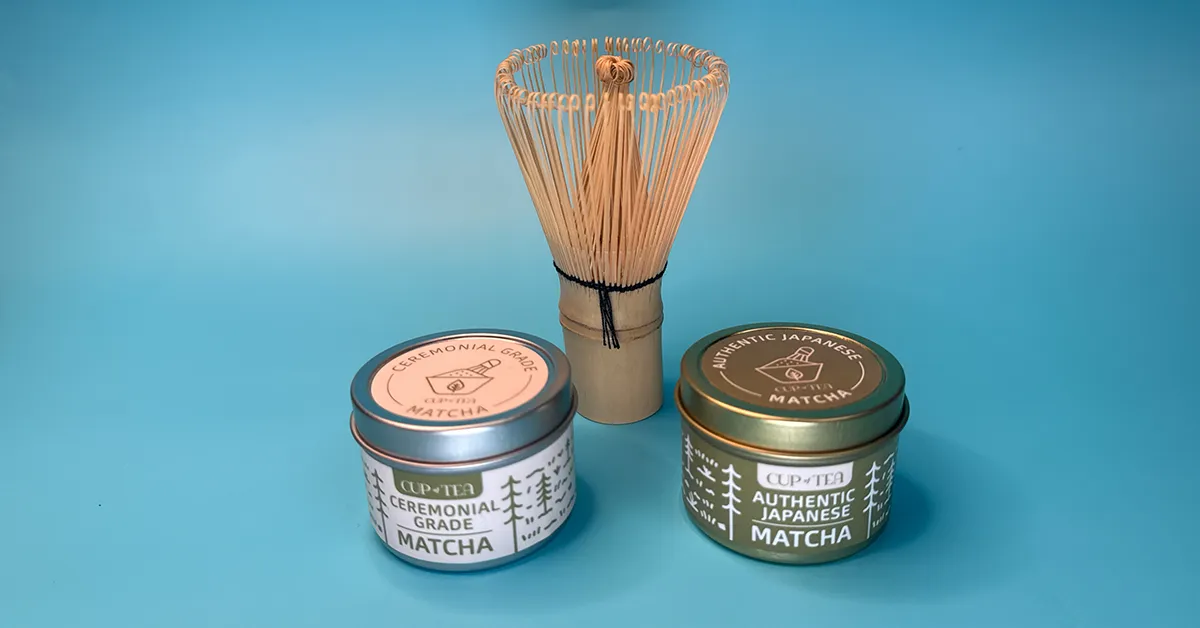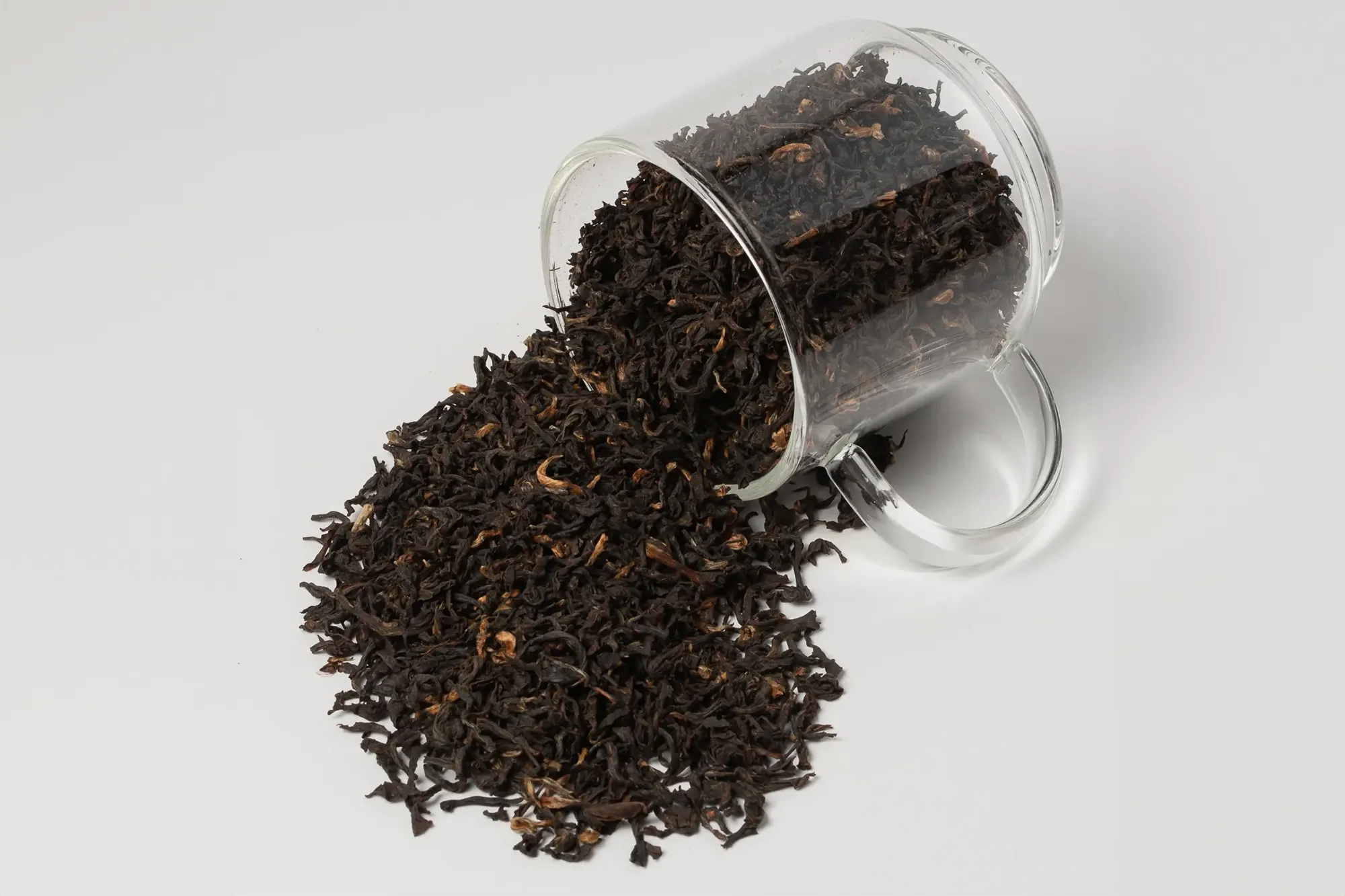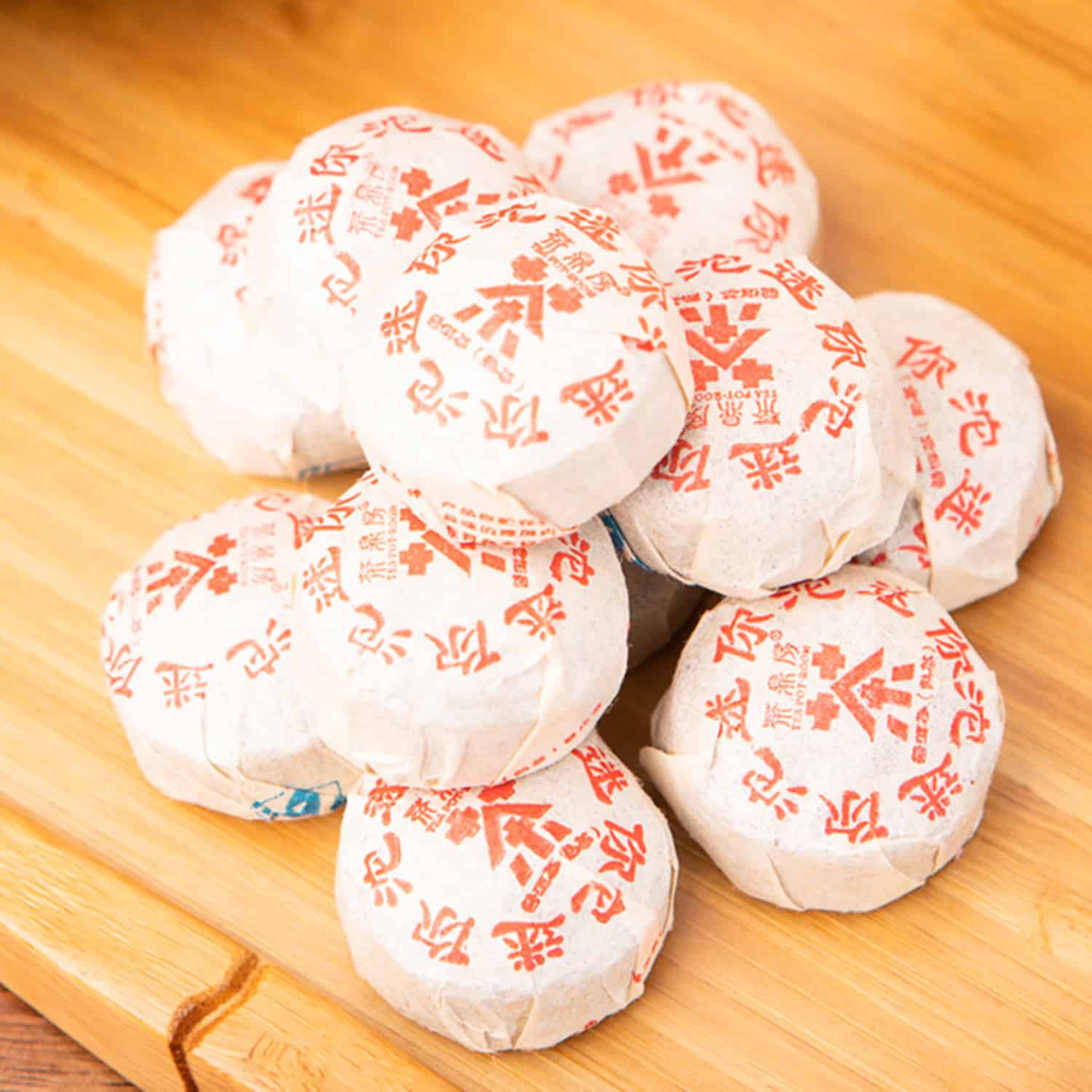Dark Chocolate and Oolong
Why Dark Chocolate + Oolong Is a Winter Wellness Dream Team
Most people think of dark chocolate as a treat… but it’s actually a powerful little wellness booster, especially when paired with oolong. During cold, flu, and “everyone is coughing in the grocery store” season, this combo can give your immune system some gentle, delicious support.
1. Dark Chocolate Is Loaded With Immune-Supporting Antioxidants
High-quality dark chocolate (70%+) contains flavonoids, a type of antioxidant that helps protect cells, reduce inflammation, and support the body’s natural defenses.
Oolong tea also contains catechins and theaflavins—another antioxidant family.
Together, they create an antioxidant-rich pairing perfect for “sick season.”
2. Oolong Helps Your Body Use Those Antioxidants Better
Warm tea increases circulation and hydration, helping your system absorb and circulate the flavonoids from dark chocolate more efficiently.
It’s like giving the chocolate a lift so its benefits can go farther.
3. Both Support Healthy Stress Response
Holiday stress, winter blues, busy schedules, and endless to-do lists all weaken the immune system.
Oolong contains L-theanine for calm focus.
Dark chocolate contains magnesium and mood-supportive compounds (like theobromine and tryptophan precursors).
Together, they help steady the nervous system — a huge part of staying well during winter.
4. Great for Digestion After Heavy Holiday Meals
Dark chocolate contains naturally occurring bitters that gently stimulate digestion.
Oolong is famous for supporting the gut and helping your system break down rich foods more easily.
Since gut health = immune health, this pairing works from the inside out.
5. Dark Chocolate Helps Balance “Sugar Season”
Unlike milk chocolate, dark chocolate has less sugar and more nutrients.
Paired with oolong (which helps the body metabolize sugar more evenly), it’s a way to enjoy holiday indulgence without overwhelming your system.
6. Warm Tea + Dark Chocolate = A Respiratory Boost
Oolong’s warm steam + dark chocolate’s flavonoids help support healthy blood flow and open airways. It’s soothing for the throat and comforting for winter congestion.
Why This Matters for December
December is full of sweets, big meals, late nights, and circulating germs.
Oolong + dark chocolate is the rare winter pairing that feels indulgent but is actually nourishing.
It comforts, supports digestion, boosts antioxidants, and helps keep your immune system steady during the busiest, germiest month of the year.






 In the world of tea, where traditions intertwine with innovation, Pu-erh stands out as a unique and captivating brew. Originating from the Yunnan province of China, Pu-erh tea has a rich history spanning over centuries. Its distinct flavor profile and potential health benefits have garnered a dedicated following worldwide. Join me on a journey as we delve into the fascinating realm of Pu-erh tea, exploring its origins, production methods, flavor characteristics, and cultural significance.
In the world of tea, where traditions intertwine with innovation, Pu-erh stands out as a unique and captivating brew. Originating from the Yunnan province of China, Pu-erh tea has a rich history spanning over centuries. Its distinct flavor profile and potential health benefits have garnered a dedicated following worldwide. Join me on a journey as we delve into the fascinating realm of Pu-erh tea, exploring its origins, production methods, flavor characteristics, and cultural significance.




